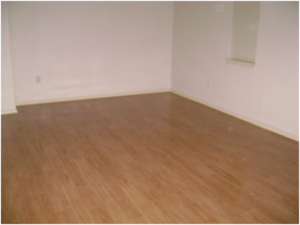As you stare out of your windows on an evening, watching the dusk slowly turn tonight and the sun setting through your panes of glass, or as the morning sun streams into the room as the rosy fingers of dawn turn into a full stream of sunlight you probably don’t give much thought to how the glass is made. And why would you? It seems such a simple thing to make. However, the process of making glass is quite long and complicated and we shall try and tell you it here.

One firm that knows a huge amount about glass is Double Glazing Cheltenham based experts www.firmfix.co.uk/. They can fit your home perfectly with any glass requirements but let us see how they come to have this material in the first place.
The first thing that you need to consider is that if you are going to make a pane of glass it must be totally flat. One of the main ingredients to glass is that of a soda-lime mixture which makes up the majority of commercial glass that there is on the market. Glass is essentially compressed sand heated up so that it is in a molten state. The mixture of the glass is made up of three parts. The first is silica sand, which makes up the majority and then soda and limestone in lesser parts. On average the industry amount of glass made in one production run numbers one thousand two hundred tons.

As we said before this mixture is heated up to one thousand and two hundred degrees. This heat is enough to turn it into molten metal and allowing it to be poured into a tin furnace. As this is slowly cooled the molten glass floats to the top of the tin where it rests, flat, on the top. Hydrogen and Nitrogen are added used to encase the tin and stop oxygen getting into it and causing bubbling.
The glass is lifted off of the tin as it is now flat and hard. The cooling of the glass is one of the most tricky parts of the operation as it can result in the glass cracking or shattering if it is not well maintained. These panes are lifted off the conveyor belt that transports them once they are cooled enough. They are then cut to the required shape for transport.














